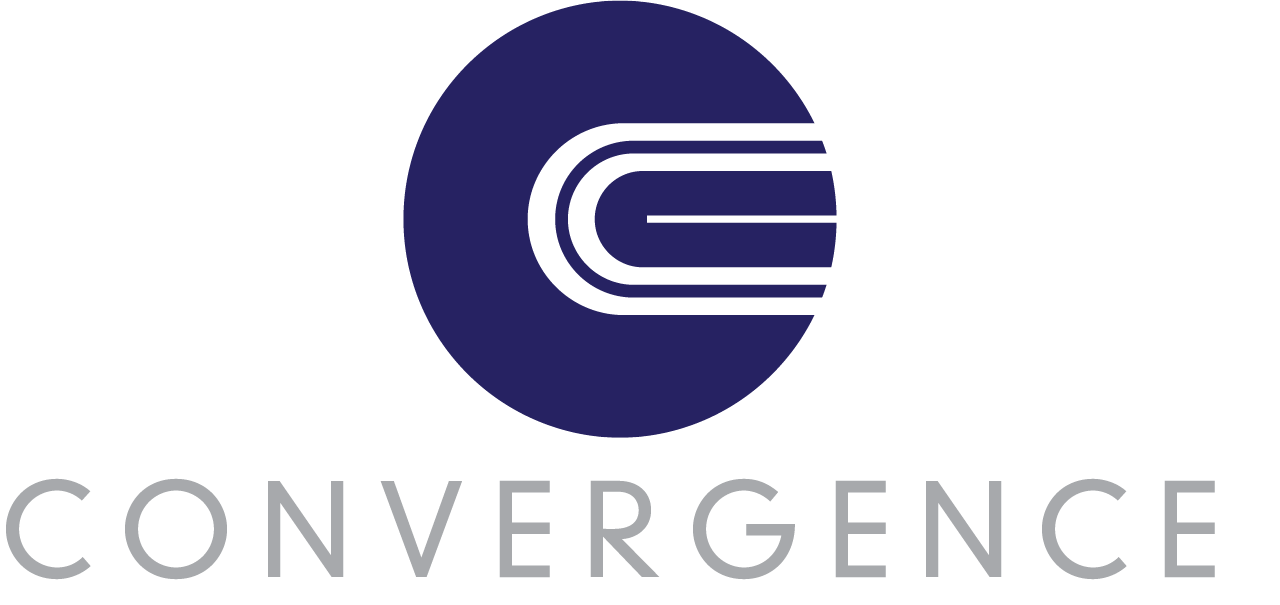CAMPAIGNS & ELECTIONS SPOTLIGHT
Alexandria, VA — It’s not enough to just have someone buy into the candidate or the issue. To win, you need fans who will take the time to share your story and sell it themselves.
Thirteen years in the commercial business at Cartoon Network normalized things that might seem odd to my political colleagues: a ninja that roundhouse kicks tomatoes to craft a Subway sandwich, a talking sloth that only reviews fast-paced movies like Sonic the Hedgehog, and a group of animated Bears that obsess over the Nintendo Switch, despite not having opposable thumbs.
But the Venn diagram of cartoons and politics intersect more than you expect. It all boils down to the ability to capture someone’s attention and convey a story: to make someone give a damn about what you have to say, to buy what you’re selling. With that in mind, here are some of the lessons that I’ve seen translate between commercial and political ad production:
Planning is paramount, but so is adaptability.
Preparation is paramount in both the commercial and political advertising worlds. And the restrictions remain constant: time and money. In my experience thus far, these restrictions are much tighter in the political world.
The luxury of having six-figure budgets and multi-day shoots simply doesn’t exist. Fortunately, with the proper preparation, you don’t need it. You learn all that you really need to plan in Production 101: detailed shot lists, storyboards, transitions, and constant communication. It’s knowing ahead of time which direction you need to tilt or pan into a shot to get as much movement and life into the piece as possible, and to connect that action to the previous scene with ample forethought and passion. Then, it’s having the confidence to stick to that plan or the courage to blow it up and adapt to what you see on the ground that might be better than you had imagined.
Get creative within the limitations.
Launch videos present endless possibilities. If we had a commercial budget and time to spare, we could have turned our client Eva Guzman’s inspiring story into a Hollywood movie. You could hire a teenage actress and show her riding a bike through Houston’s East End, working the nightshift sewing draperies at a factory to put food on her family’s table. You could fill her high school with hundreds of extras and bring in a Rick Perry lookalike to welcome her to the Texas Supreme Court. But that won’t fly with the time and money constraints in the political world.
That’s why the little details (and conveying them on a budget) become crucial: “Eva, what type of sewing machine did you use in the drapery factory? A blind stitch! Oh, here’s one on eBay from the 1970s. It can be here by Friday.”
Next, we found talent (or even better — a friend or campaign volunteer) with similar hands to a younger Eva. We also relied on a talented director of photography to stage dramatic lighting to add texture to a shot of drapery from Goodwill being fed into the retro blind stitch machine. Then, our lead editor sewed the scene together with footage of Eva walking purposefully towards the camera in front of an old Houston factory. By employing a smaller camera on a gimbal, we infused her resolute movements with even more depth and life.
Third-party interviews are worth their weight in gold.
Another cost-effective way to tell a candidate’s story is through an interview or testimonial from a third-party validator. With these spots, proper prep — phone calls, texts, hours of internet sleuthing — helps you find the right person to tell that story. Then you keep planning to identify the right questions to ask to evoke emotion and tie the interviewee to the specific issue at hand.
Often, you rely on the kindness of strangers, who become fast friends, whether that’s a third-generation diner owner from Pennsylvania, a fishing boat captain in Rhode Island, or a tattoo artist from north Chicago. These storytellers provide a visceral jolt that hits a little harder with their audience because, well, they represent their audience. The more a storyteller feels authentic, the more their personal touch resonates. Establishing that trust is what compels the audience to share it and sell it themselves — not something consumers typically do after watching an ad for Gillette razors or McDonald’s Happy Meals.
From a production standpoint, these storytellers often eliminate overhead costs while enhancing the story: you quickly find yourself filming inside the diner, on the fishing boat, and inside the tattoo parlor. The props and details that help enhance the story are already in place because your storyteller is on his/her home-turf, no last-minute Amazon orders required.
Focusing on unique details with a talented skeleton crew can turn big commercial ideas into thoughtful and dynamic political advertising. So, trust the story, plan like you have six-figures, but prep like you’ve already spent it all. And in a pinch, you can always study up for your FAA drone pilot test and save $1,500 a day on a licensed operator.
Charles Barbour is Director of Production at Convergence Media, a full-service advertising and marketing agency that specializes in political work.




